5 000 / 5 000Résultats de traduction
Félix ZIEM (1821-1911): "Study of sky with boat"; oil on unsigned cardboard, studio stamp on the back, dimensions: 15 x 26 cm, sold certified. Félix Ziem, born February 25, 1821 in Beaune (Côte-d'Or) and died November 10, 1911 in Paris1, was a French painter. Attached to the Barbizon School, he is renowned for his seascapes and his landscapes of Venice and Constantinople. Orientalist painter, he is considered as one of the precursors of Impressionism. Biography Family Félix-Francois Georges Philibert Ziem is the son of Georges Barthélémy Ziem, a Polish emigrant, born in Gross-Drecditz in Prussia2, working as a tailor and of Anne-Marie Goudot his Burgundian wife originally from Nuits-Saint-Georges3, from from a family of weavers. According to Louis Fournier, Ziem's biographer, his paternal family was from Erzeroum, Armenia. His grandfather Jean Ziem settled in Prussia following the war against Russia in 1770 during which he was taken prisoner. Félix's father had arrived in France as a prisoner of war of the Prussian army during the Napoleonic wars. Félix Ziem was born in Beaune on February 25, 1821, rue Monge, in the very room where Gaspard Monge was born4,5. Ziem's family left Beaune for Dijon in 1833, and he grew up in Burgundy where his mother died in 1837. Training Ziem took drawing and architecture lessons at the Ecole des Beaux-Arts in Dijon in 1837-1838 and won first prize in the 1838 competition in the architecture-composition category. Having been unable to obtain a three-year pension in Paris, he demonstrated in August against this injustice, which earned him his exclusion2. He then left the region to join his brother living in Marseille. He was hired as a works supervisor by M. de Montricher, who was constructing the Marseilles canal, and he worked on the construction of the Roquefavour aqueduct, which was to bring water to Marseilles. Montricher presented the Duke of Orléans, then passing through Marseille, with two of his watercolours2, and the Duke of Orléans commissioned three from him in 1840. Ziem then devoted himself to his career as a painter and draftsman. He opened a drawing school on the Old Port, receiving up to more than twenty students. In 1840, he discovered Martigues where he would return to set up a workshop in 1860. In 1841, he left Marseille to go to Italy. He stopped for some time in Nice where the rich English and Russians were staying who constituted part of his clientele. In 1842, he discovered Italy, and especially Venice, which became the main source of inspiration for his painting. There he met the Duchess of Baden and Prince Gagarin2. He went to Russia in 1843, probably at the instance of Prince Gagarin and his family. He uses an album during this stay and well after his return to France. He did not worry about regularly recording his impressions there: he mixes without order urban views, church interiors, seascapes, popular scenes and ballroom scenes6. He became a watercolor teacher to the Grand Duchesses in Saint-Petersburg. There he met Horace Vernet2. Travels After 1843, he worked on landscapes of light and water and until 1847, he traveled all over Italy (Genoa, Milan, Florence where he stayed for eight months), and the South of France. In Nice in 1846, he met the Austrian painter Arminius Mayer. He produced many photographic views. In 1847 he made his first trip to Constantinople from Venice. In 1848 he was in Rome. In 1849 his father died. He exhibited for the first time at the Paris Salon views of the Bosphorus, Rome and Venice. He becomes a relative accustomed to it. He then moved to Paris, quai Malaquais and divided his time between the capital and the forest of Fontainebleau where he became the friend of Théodore Rousseau and Jean-François Millet. He then painted scenes of daily life, portraits, and rural landscapes, which temporarily attached him to the Barbizon school where he painted from 1853. He bought a house there at no. 1907 to 19117. Théodore Rousseau introduces him to Jean-François Millet. He traveled to Flanders in 1850 and 1851. The View of the Doge's Palace exhibited at the Salon of 1850 was his first acquisition by the State, which named him Chevalier of the Legion of Honor in 1857. 1856 is the year of his great trip to the East: Constantinople, Turkey, Lebanon, Greece, Egypt where he goes down the Nile to Khartoum. He frequently used the recomposition of the subject in his studio in Montmartre, as evidenced by his many sketchbooks8. He ended his trip in Sicily, and in 1858 he left for Algeria2. In 1859, he moved to the Montmartre district, before the crazy boiling of the School of Paris, and settled in rue de l'Empereur (now rue Lepic). But he still keeps a foothold in Barbizon. Solitary, he hardly rubs shoulders with other artists of his generation, does not train any studentEn savoir plus sur ce texte source
Vous devez indiquer le texte source pour obtenir des informations supplémentaires
Envoyer des commentaires
Panneaux latéraux
Veuillez ne pas dépasser 5 000caractères. Utilisez les flèches pour continuer la traduction.



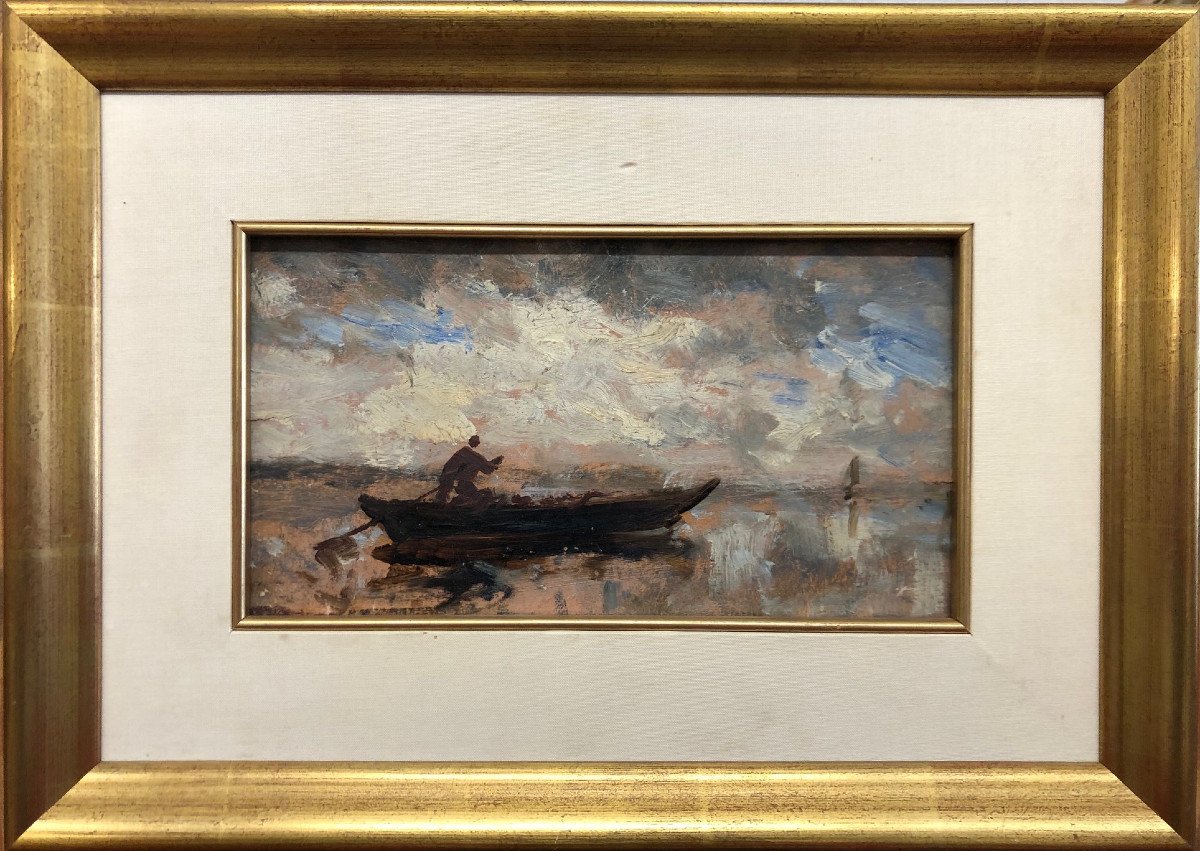
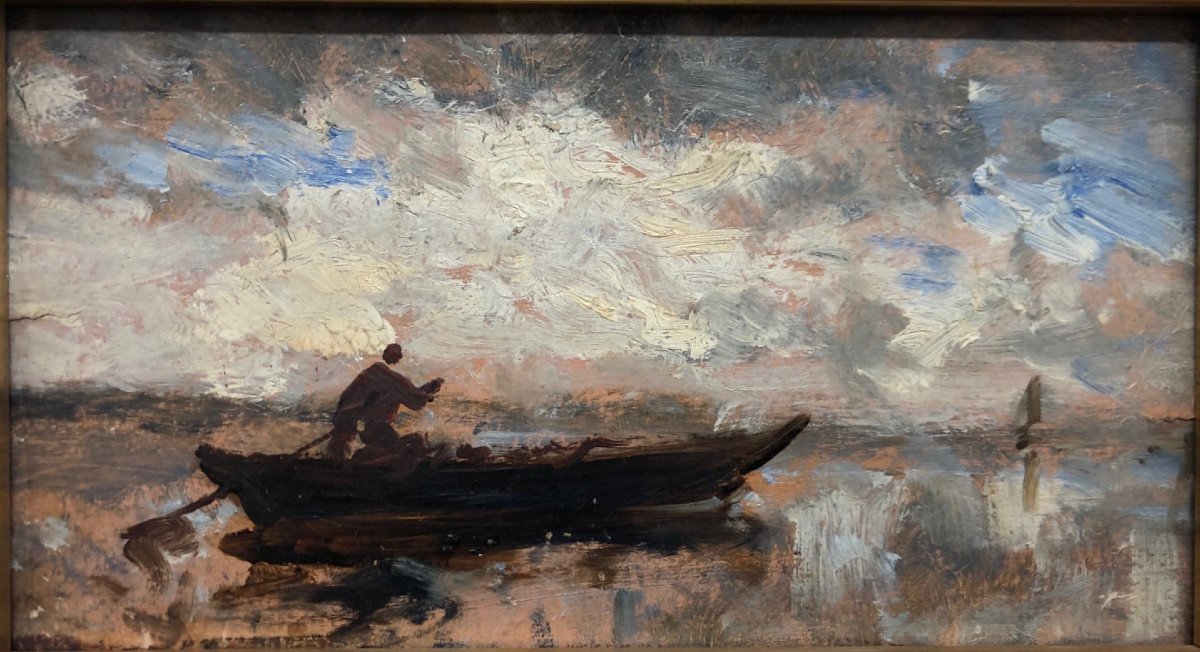
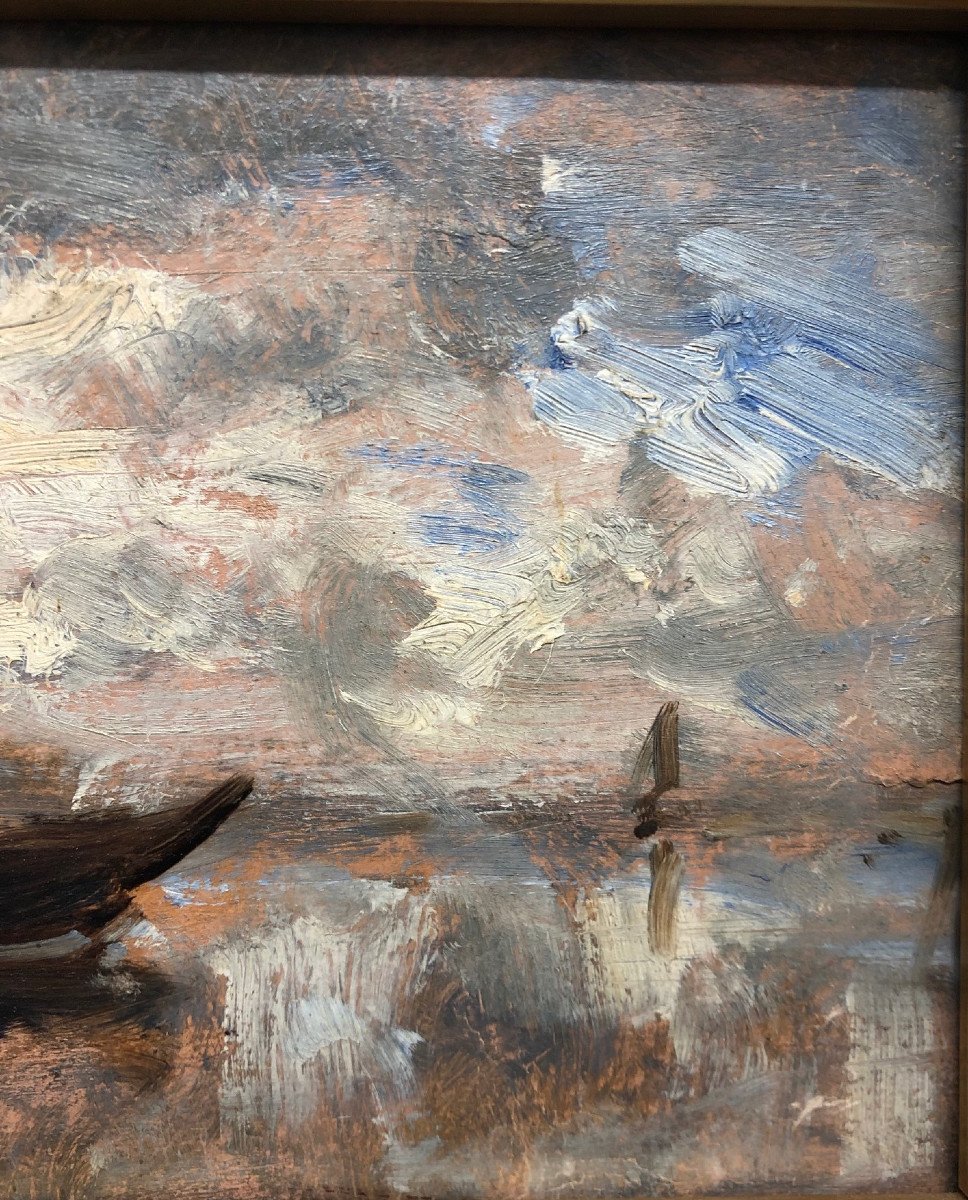


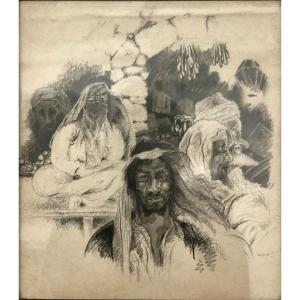



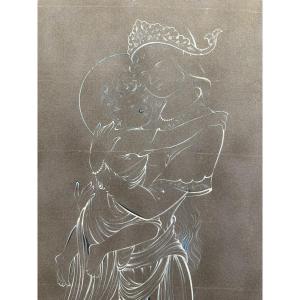

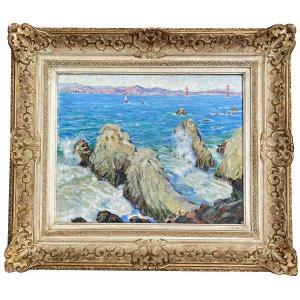



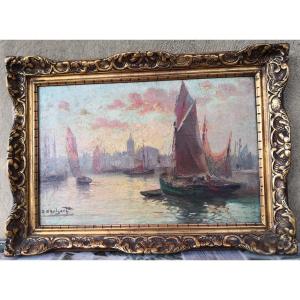




 Le Magazine de PROANTIC
Le Magazine de PROANTIC TRÉSORS Magazine
TRÉSORS Magazine Rivista Artiquariato
Rivista Artiquariato
